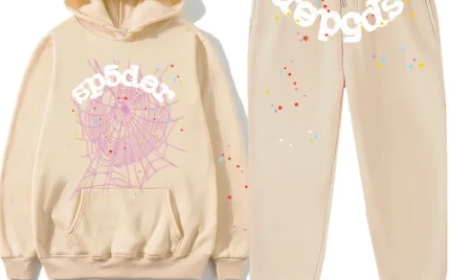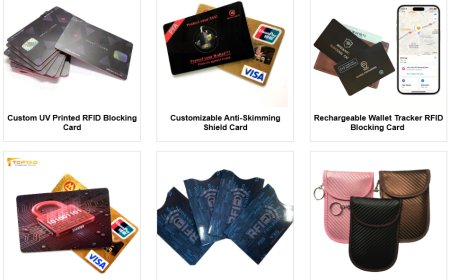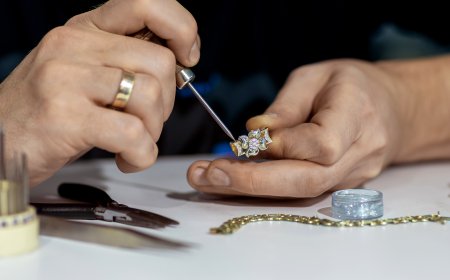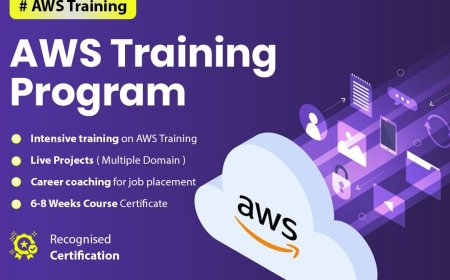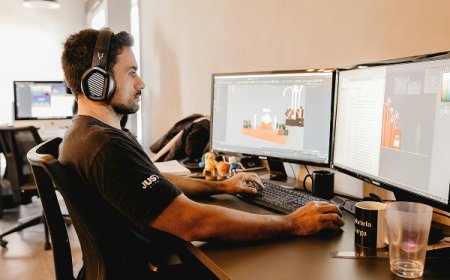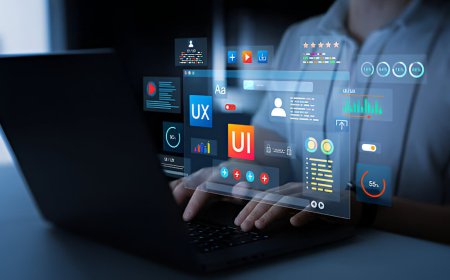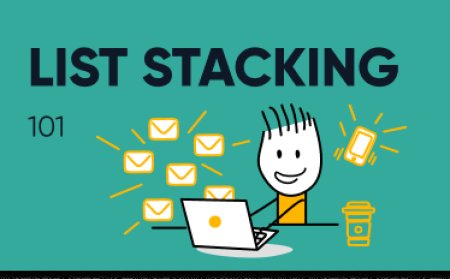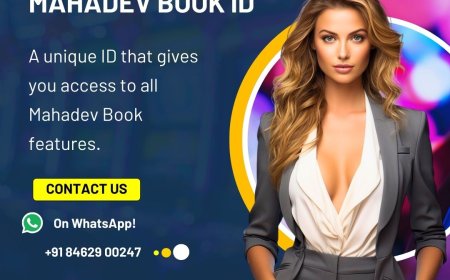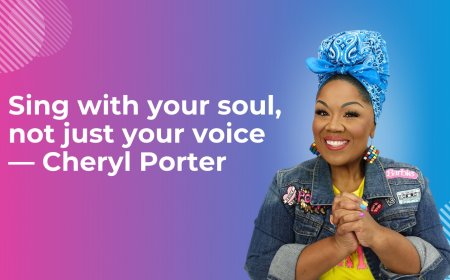How Influencers Gone Wild Became the New Normal Online

Once upon a time, going viral meant sharing a funny meme, a clever dance challenge, or an inspiring story. Today, it often means something very different: a risky stunt, an outrageous prank, or a deeply personal meltdown broadcast to millions. This isnt an accidentits the result of years of subtle changes in digital culture. So, how did Influencers Gone Wild stop being shocking and start feeling like the new normal? Lets dive into the rise of this phenomenon and explore why we, as viewers, cant look away.
From Authenticity to Extremes: The Evolution
When influencers first emerged, their appeal was simple: authenticity. Ordinary people sharing real moments, creative ideas, and unfiltered lives. Audiences loved it because it felt raw and relatableso different from polished celebrity marketing.
But as platforms became crowded, and more creators competed for attention, the definition of real began to stretch. Videos had to become bigger, riskier, and more surprising to break through the noise. Over time, harmless pranks turned into dangerous stunts, emotional vlogs turned into public breakdowns, and confessionals edged into oversharing.
In the blink of an algorithmic eye, Influencers Gone Wild became less of an exception and more of an expectation.
The Algorithms Silent Push
The biggest driver behind this shift isnt always visible: social media algorithms. Platforms like TikTok, YouTube, and Instagram are built to maximize watch time and engagement. And what keeps people watching longer? Content that sparks emotionshock, outrage, or even disbelief.
This silent push means:
-
Risky content is more likely to go viral.
-
Influencers see the fastest growth when they post wilder, edgier videos.
-
Even negative reactions (criticism, outrage, hate-watching) help videos trend.
In short, the system itself quietly rewards going wildand punishes playing it safe.
Audiences Feed the Cycle
Its tempting to blame only influencers, but we, the viewers, are deeply part of the problem. Viral videos thrive not just because creators post them, but because millions of us:
-
Share clips with friends just to show how crazy it is.
-
Commenteven to criticizeboosting engagement.
-
Watch multiple times, driving up views.
Social media doesnt care why we watchonly that we do. And every shocked reaction sends a message: this is the kind of content we want more of.
So, Influencers Gone Wild keeps growing because the cycle works. Outrage fuels attention, which fuels algorithmic success, which inspires more wild content.
Why Influencers Feel They Have No Choice
For many influencers, this isnt just about wanting to shock the worldits about survival. Likes, views, and followers translate into:
-
Sponsorships
-
Brand deals
-
Merchandise sales
-
Invitations to events
The pressure to keep audiences engaged is constant. And when safer content fails to perform, some creators see going wild as the only way to stay afloat.
Its a dangerous gamble: go viral and gain followersor go too far and face backlash. But for some, fading into digital obscurity feels even worse.
When Wild Becomes Normal
Over time, repeated exposure to shocking stunts, scandals, and drama changes what we see as normal. What once felt outrageous now feels expected:
-
Dangerous pranks get labeled as just content.
-
Public meltdowns are seen as entertainment.
-
Oversharing becomes routine.
The boundary keeps moving, and so do the creators chasing it. What was wild five years ago barely makes a splash today.
The Real-World Cost
While Influencers Gone Wild moments bring quick fame, they also carry real consequences:
-
Legal issues from pranks or unsafe challenges.
-
Damage to relationships and mental health.
-
Loss of credibility with brands and long-term fans.
Even worse, some young fans imitate what they see online, risking their safety to copy viral challenges.
Is Change Possible?
It wont be easybut it is possible:
-
Platforms can adjust algorithms to reward creative, positive, or educational content.
-
Influencers can prioritize authenticity and responsibility over shock value.
-
Audiences can stop sharing harmful content, even if it feels entertaining.
Slowly, these choices can shift the culture back toward thoughtful, original content.
Final Thoughts: Beyond the Clicks
Influencers Gone Wild didnt become the new normal overnight. Its the product of a digital world that rewards extremes, a culture hungry for drama, and creators under constant pressure to stay relevant.
But understanding how we got here gives us power. Because in the end, what becomes normal online is shaped by what we watch, share, and celebrate. And maybe, just maybe, the next viral trend could be something worth applaudingnot just something worth gawking at.







